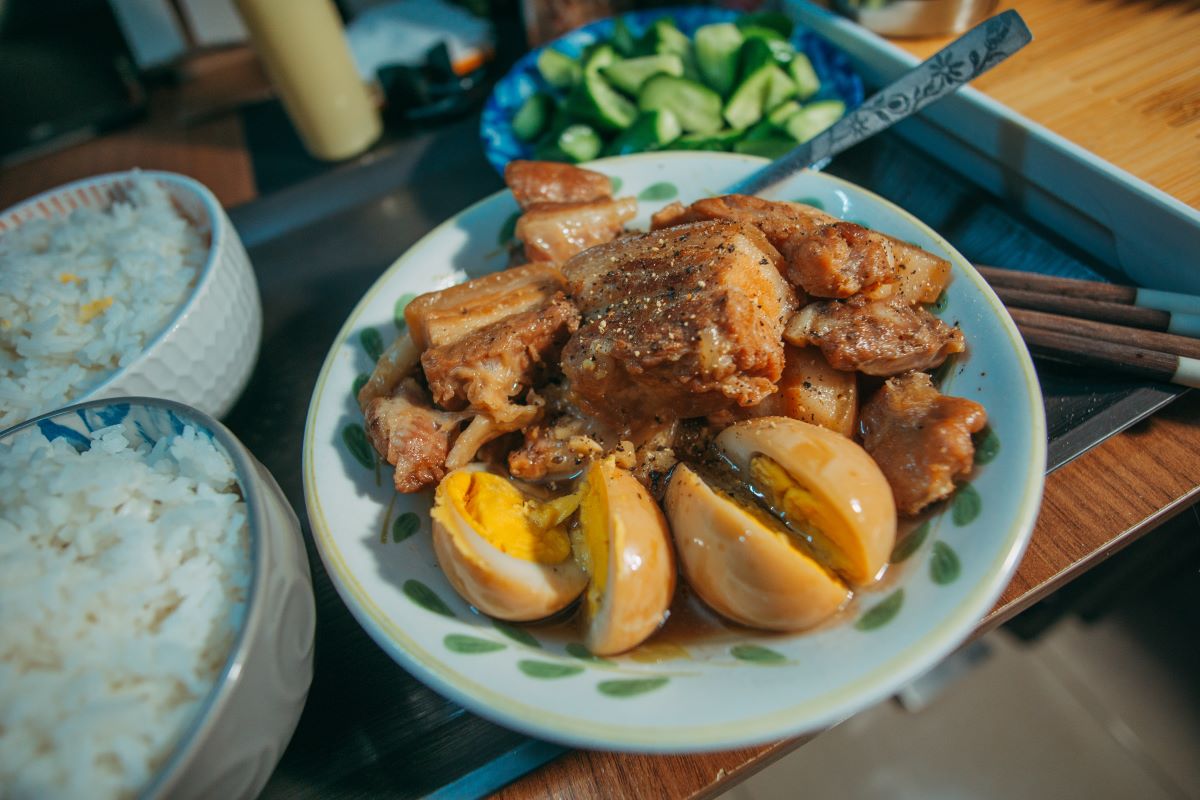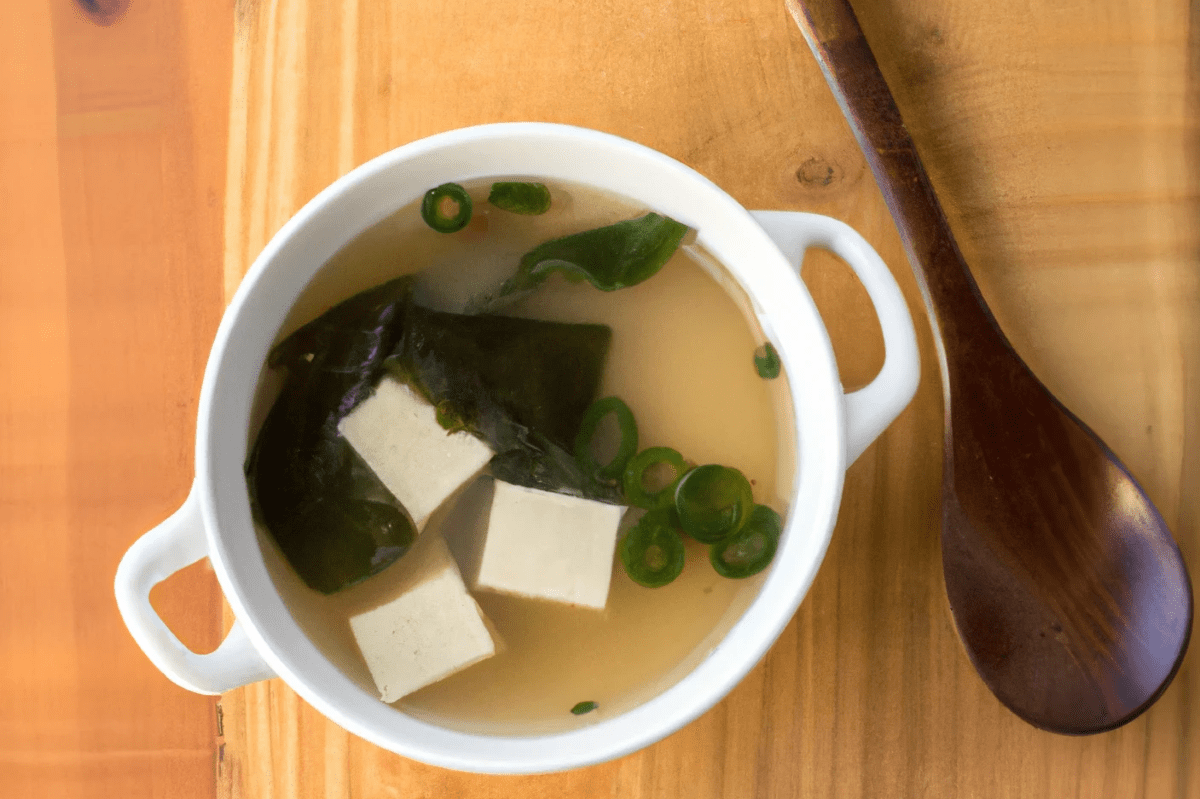Table of Contents
Adobo is a much-loved dish with a special place in the hearts of many families. It’s versatile and can be enjoyed in many ways. But is it suitable for vegans? This article will dive into this question, exploring the ingredients, recipes, and variations of this classic Filipino dish.
Is Adobo Vegan?
The short answer is: sometimes. Traditional Filipino adobo usually contains meat, but there are vegan-friendly versions available. A delicious vegan adobo dish can be created with the use of main ingredients like tofu, mushrooms, and various vegetables.
Non-Vegan Ingredients or Processes
The most popular adobo dishes usually involve chicken, pork, or other meats. These are cooked in soy sauce, white vinegar, garlic, bay leaves, and black peppercorns. For vegans, the meat would be the problematic main ingredient. Even for those who eat for environmental reasons, some may argue that the soy sauce and sugar used in the dish may not be sustainable depending on their sources.
Another point of concern could be additives like MSG or preservatives, which are sometimes used in store-bought soy sauce or in pre-made adobo seasoning mixes. While not necessarily non-vegan, these additives can raise health concerns for some individuals.
Controversies or Gray Areas within the Vegan Community
One of the gray areas within the vegan community regarding adobo is the use of certain vinegars. Some vinegars, like white vinegar, may be filtered using animal products, although this is increasingly rare today. There’s also the environmental concern over sourcing ingredients like soy sauce and cane sugar, which may not align with the principles of some vegans.
However, many vegan advocates argue that focusing on reducing animal suffering is the priority, and that issues around sourcing of plant-based ingredients, while important, should not deter someone from choosing a vegan alternative.
Types of Adobo
Adobo has numerous variations can differ greatly depending on the region or country. The national dish of the Philippines is often made with meats like chicken or pork, simmered in a mixture of soy sauce, vinegar, and spices. However, Filipino households are creative; some versions include vegetables and tofu, making them suitable for vegans.
Adobo has been adapted in many ways, embracing the diversity of the Philippines’ culinary landscape. Plant-based proteins like seitan or jackfruit can also serve as excellent substitutes for meat in vegan adobo recipes. Some cooks even use soy curls or lentils to offer a unique texture while maintaining the iconic flavors of the dish.
Vegan-Friendly Alternatives and Variations
The good news for vegans is that adobo can be easily modified to suit your dietary needs. There are a variety of vegan-friendly alternatives available, both store-bought and homemade, that capture the essence and flavor of the classic Filipino dish.
Thanks to the growing demand for plant-based options, even some Filipino restaurants have begun to offer vegan adobo or tofu adobo on their menus, usually featuring tofu or tempeh as the star ingredient as opposed to the traditional chicken adobo, thus widening the reach of this traditional dish to vegan audiences.
Store-Bought Alternatives
If you still need to get up for cooking but still crave the complex flavors of adobo, there are some excellent store-bought options. Here are a few:
Vegan Adobo Co.
Offers a canned version of vegan adobo made with extra-firm tofu and organic cane vinegar.
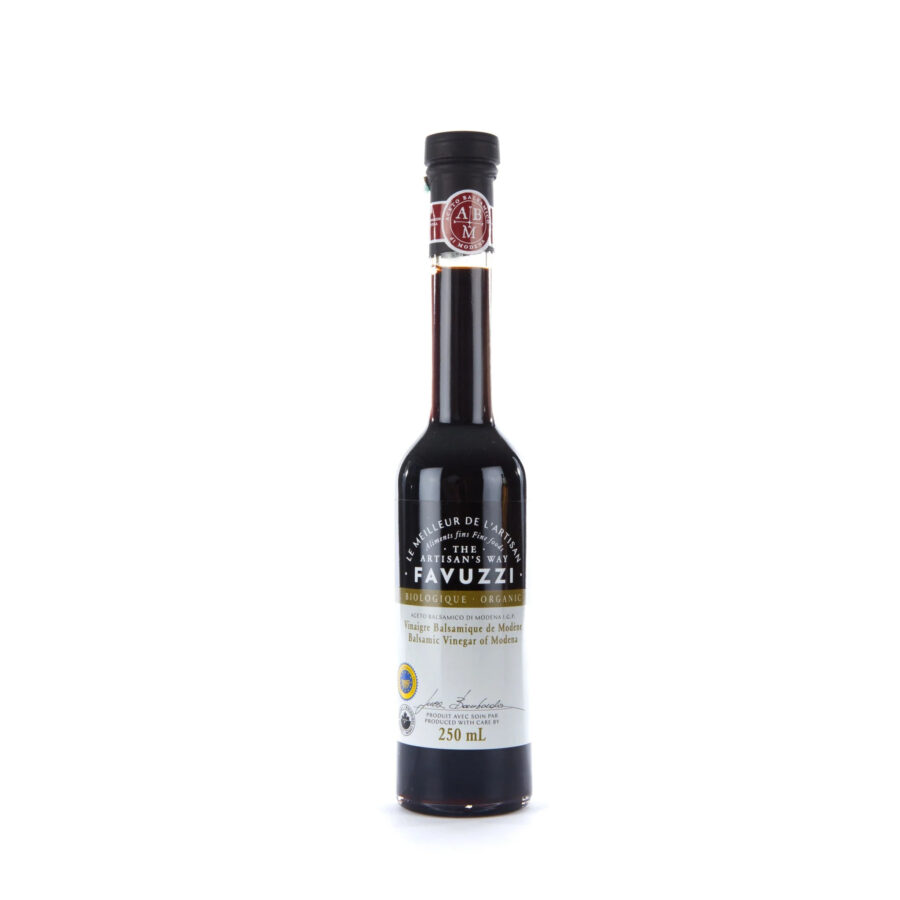
Vegano Foods
Vegano Foods sells a vegan adobo sauce that can be added to your vegetables and tofu for tofu adobo.
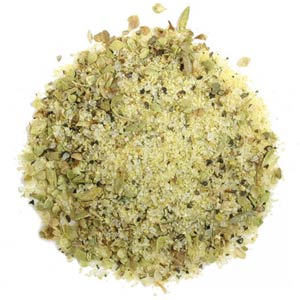
Good Earth
Good Earth provides vegan adobo seasoning, a spice mix that can be used to season your vegan dishes.
Tips for Identifying Vegan-Friendly Options
When searching for vegan-friendly adobo options, look out for the following:
- Check the ingredients list for any animal-derived products.
- Look for certification symbols, such as “Certified Vegan.”
- If purchasing from a restaurant or food truck, inquire about the cooking process, as some seemingly vegan foods might be cooked in animal-based broths or with shared utensils.
Homemade Versions
Cooking at home gives you full control over the ingredients and cooking process. So, how can you make vegan adobo at home?
Ingredient Swaps
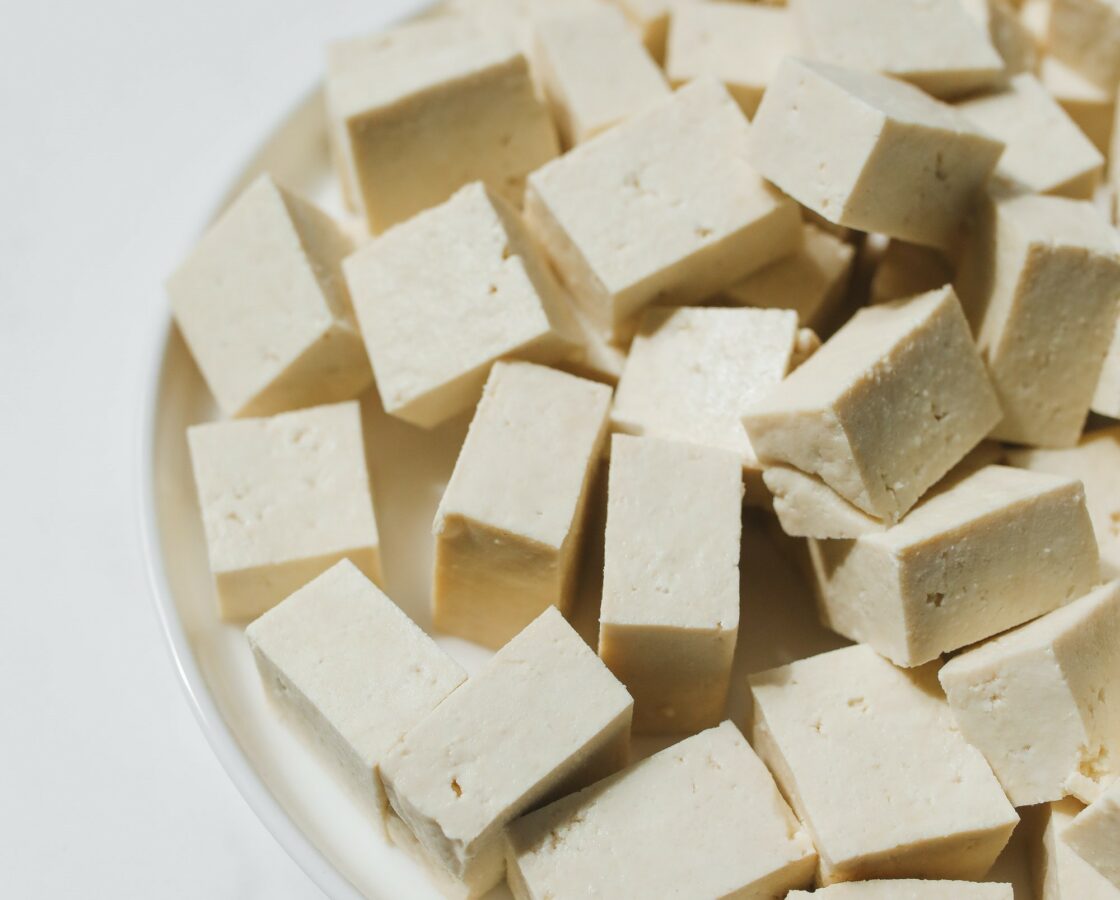
Tofu/Tempeh
Replace the chicken in chicken adobo or pork with extra-firm tofu or tempeh.
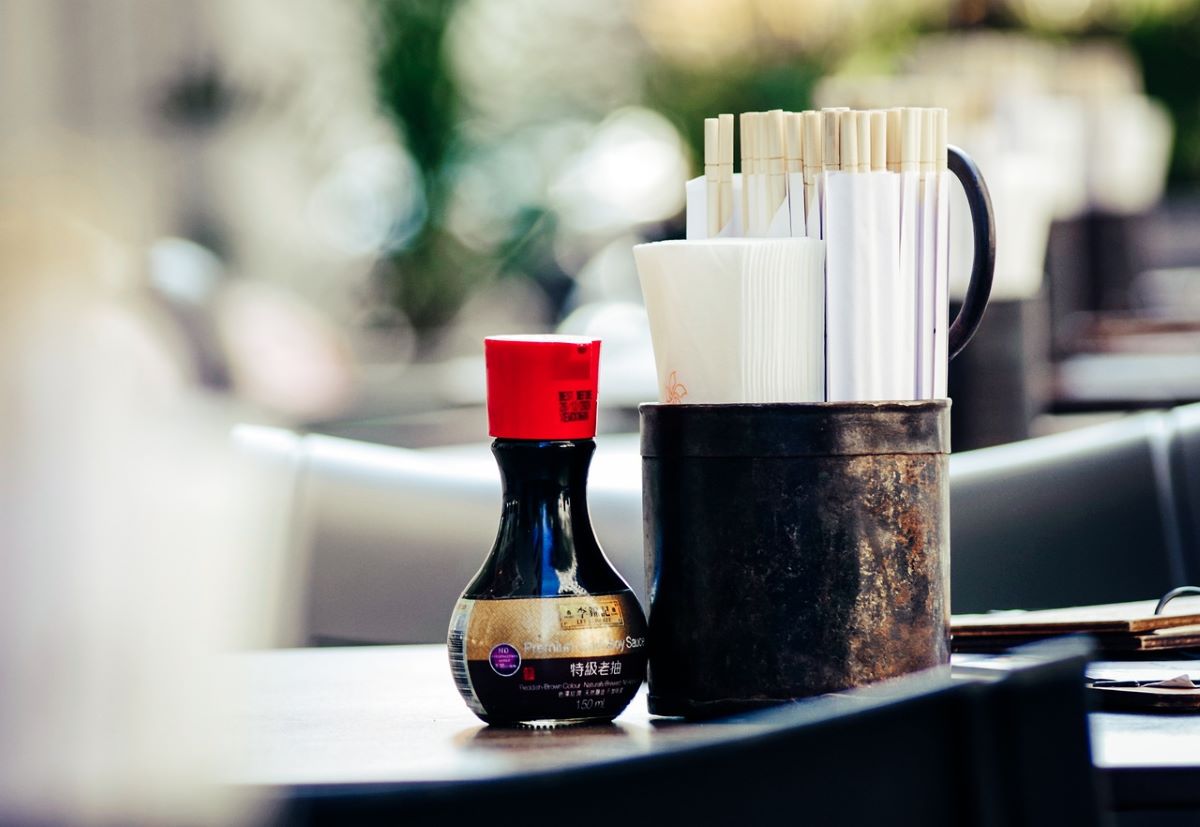
Soy Sauce
Use light or low-sodium soy sauce for a healthier version.
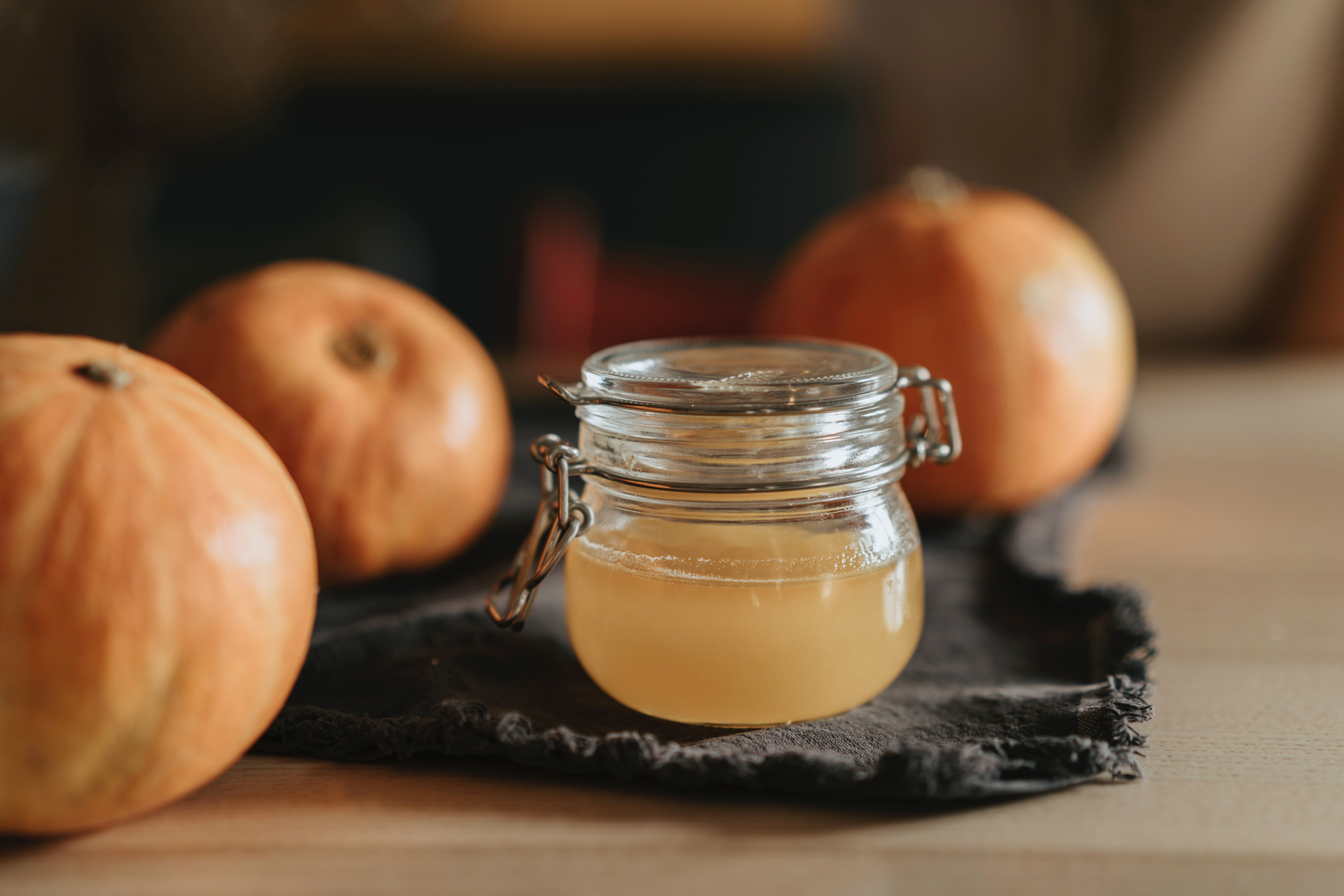
Vinegar
Opt for rice or apple cider vinegar that is verified vegan.

Sugar
Use cane sugar or coconut sugar instead of refined white sugar.
To create a vegan adobo dish, you can use store-bought vegan adobo sauce or create your sauce at home. If you’re making it at home, marinate your tofu or tempeh in a mixture of vegan-friendly soy sauce, vinegar, and spices for at least an hour.
Cook it in a stainless steel pan over medium-high heat until golden brown, then simmer in the adobo sauce for a few more minutes to let the flavors mix well. Serve hot with white rice or jasmine rice, and you have a delicious vegan Filipino adobo meal.
Adobo is a dish that holds a special place in Filipino cuisine and with a few adjustments, it can also find a place in vegan cuisine. Whether you choose store-bought options or make your own, vegan adobo is a flavorful and satisfying dish that pays homage to its traditional roots while aligning with vegan principles.
Please note that internal links to factual information were not added in this sample article due to the limitations of this platform.
How Adobo is Made
Understanding how adobo is made can provide insights into its vegan potential and ethical considerations. While traditional recipes often contain meat and animal byproducts, the dish is easily adaptable, making it a versatile choice for different diets.
Primary Ingredients
The main ingredients that usually go into the making of traditional adobo include:

Meat
Often chicken (for chicken adobo), pork, or a combination of both.

Soy Sauce
Used as the primary seasoning.

Vinegar
Usually white vinegar or cane vinegar.
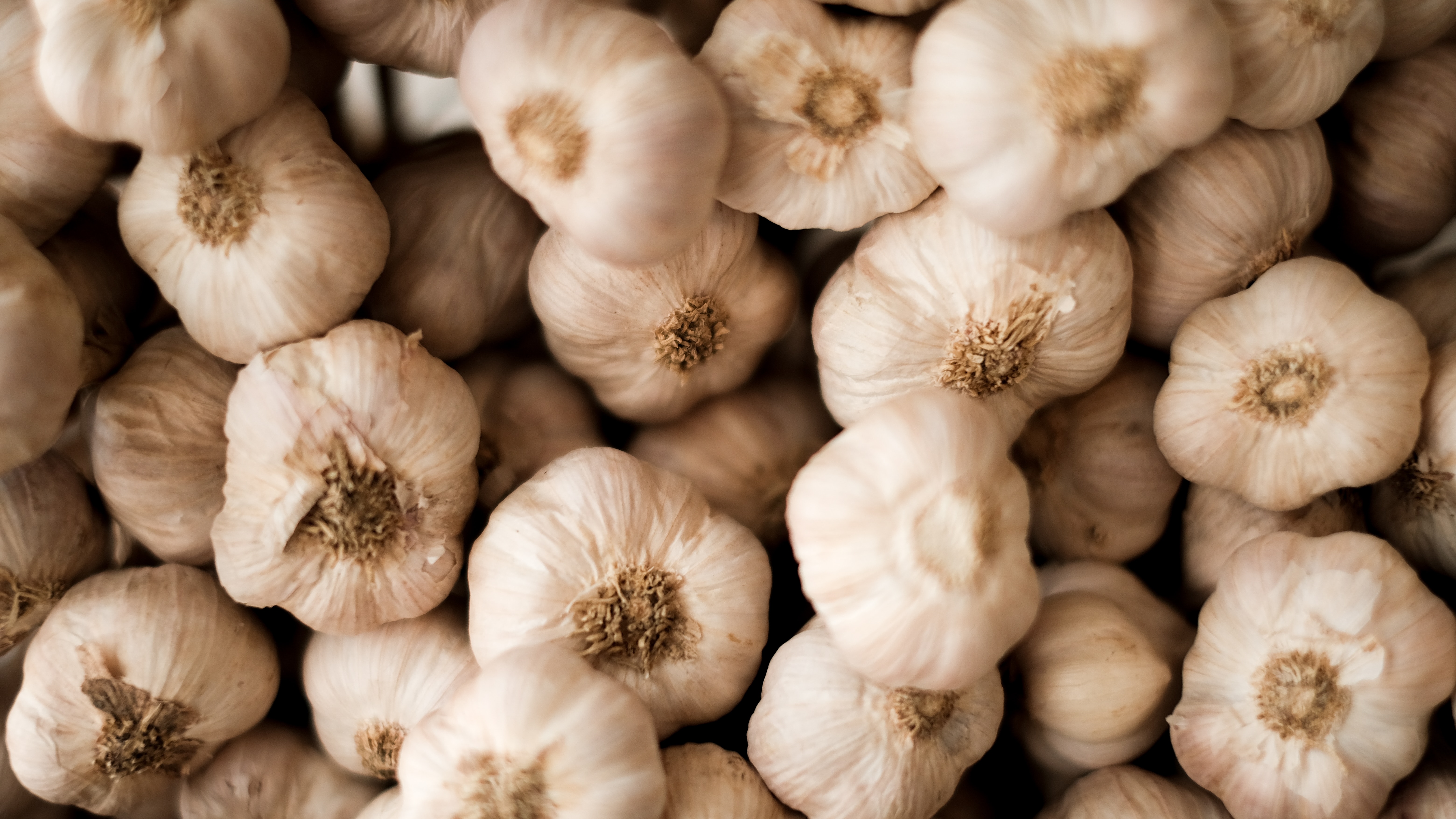
Garlic
Adds a layer of flavor.

Bay Leaves
For aroma and subtle flavoring.
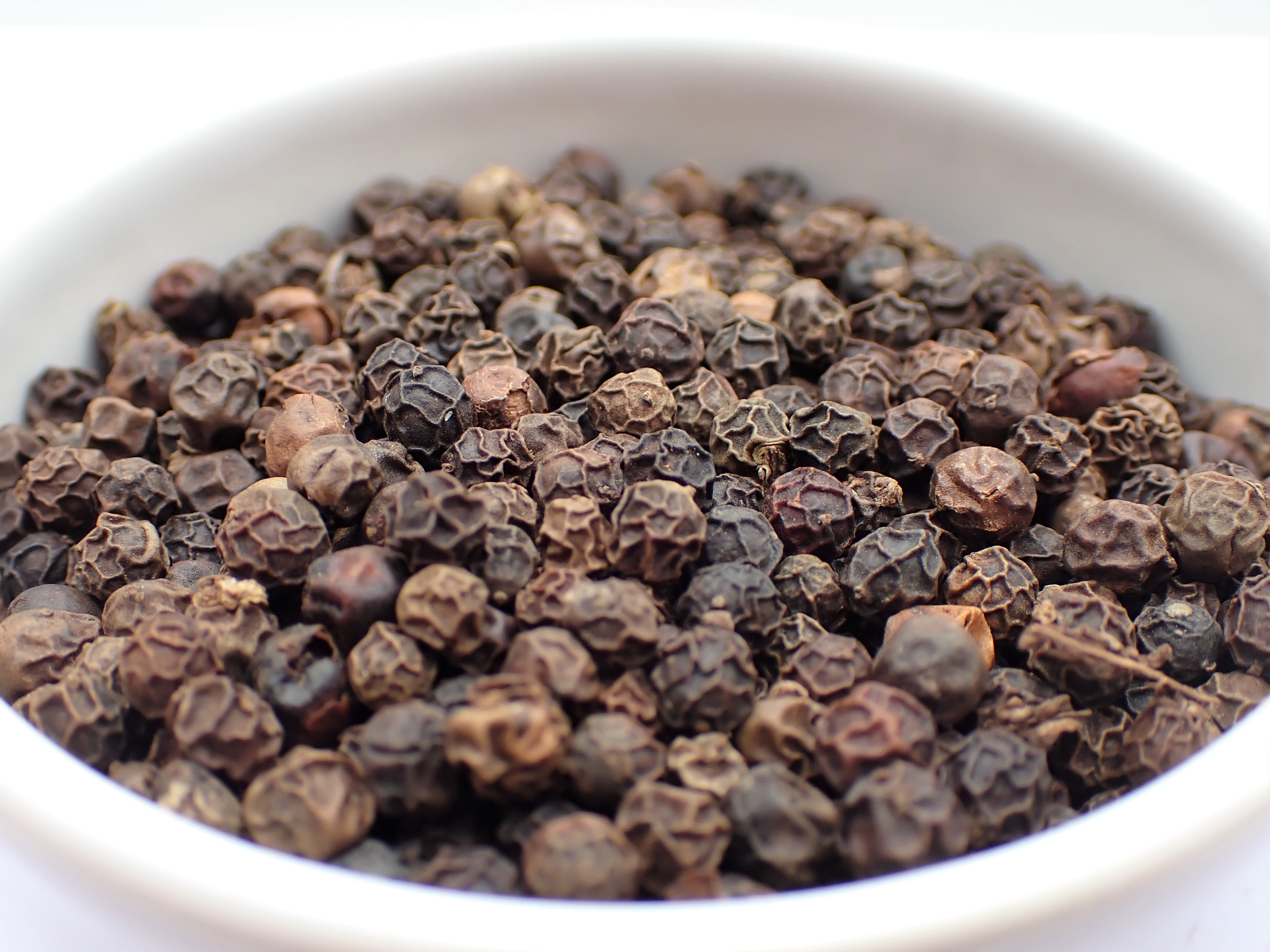
Black Peppercorns
Adds spice and depth to the dish.
Secondary Ingredients and Additives
Secondary ingredients may include:

Potatoes
Sometimes added to extend the dish.

Eggs
Hard-boiled and included in some versions.
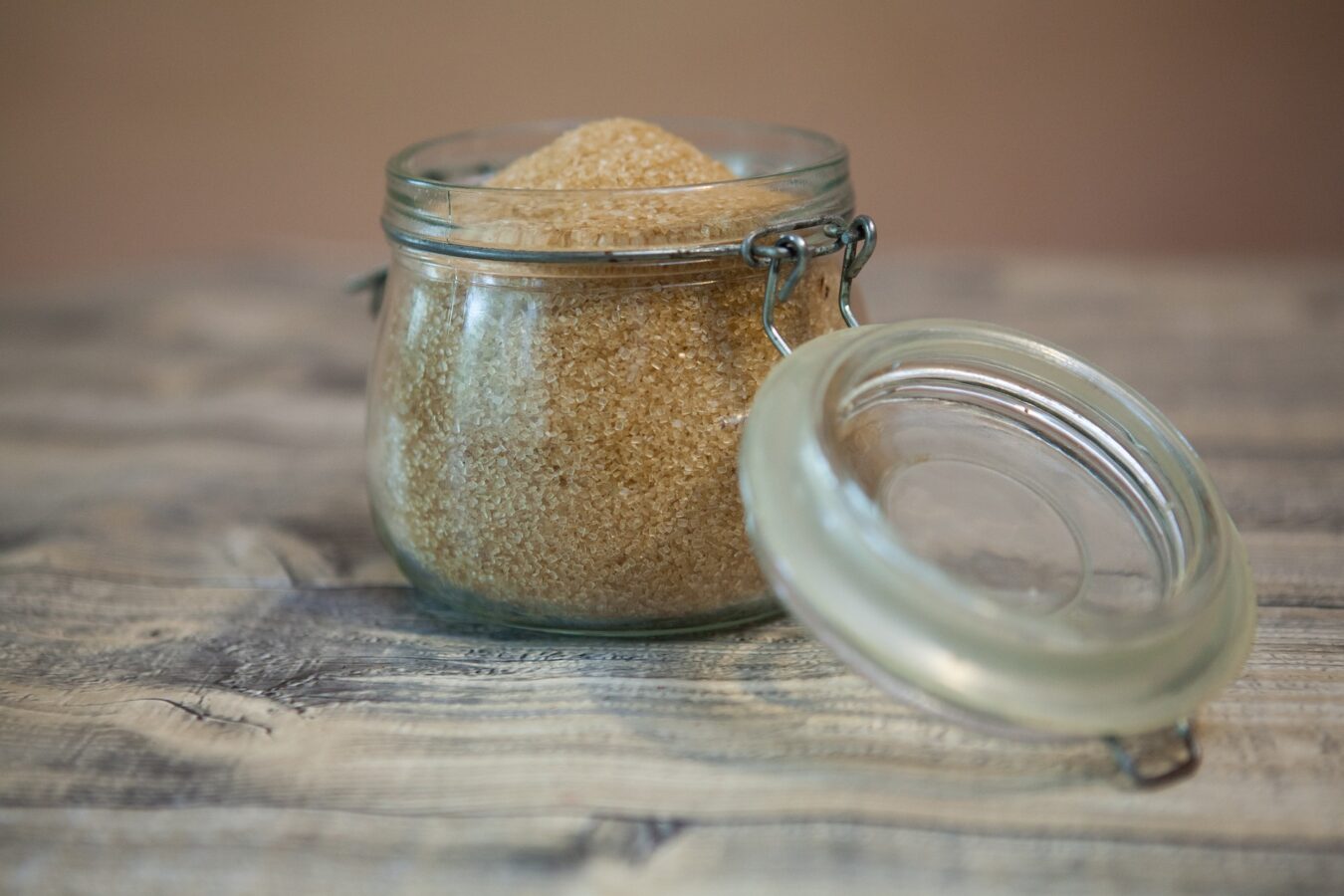
Brown Sugar
For a hint of sweetness.
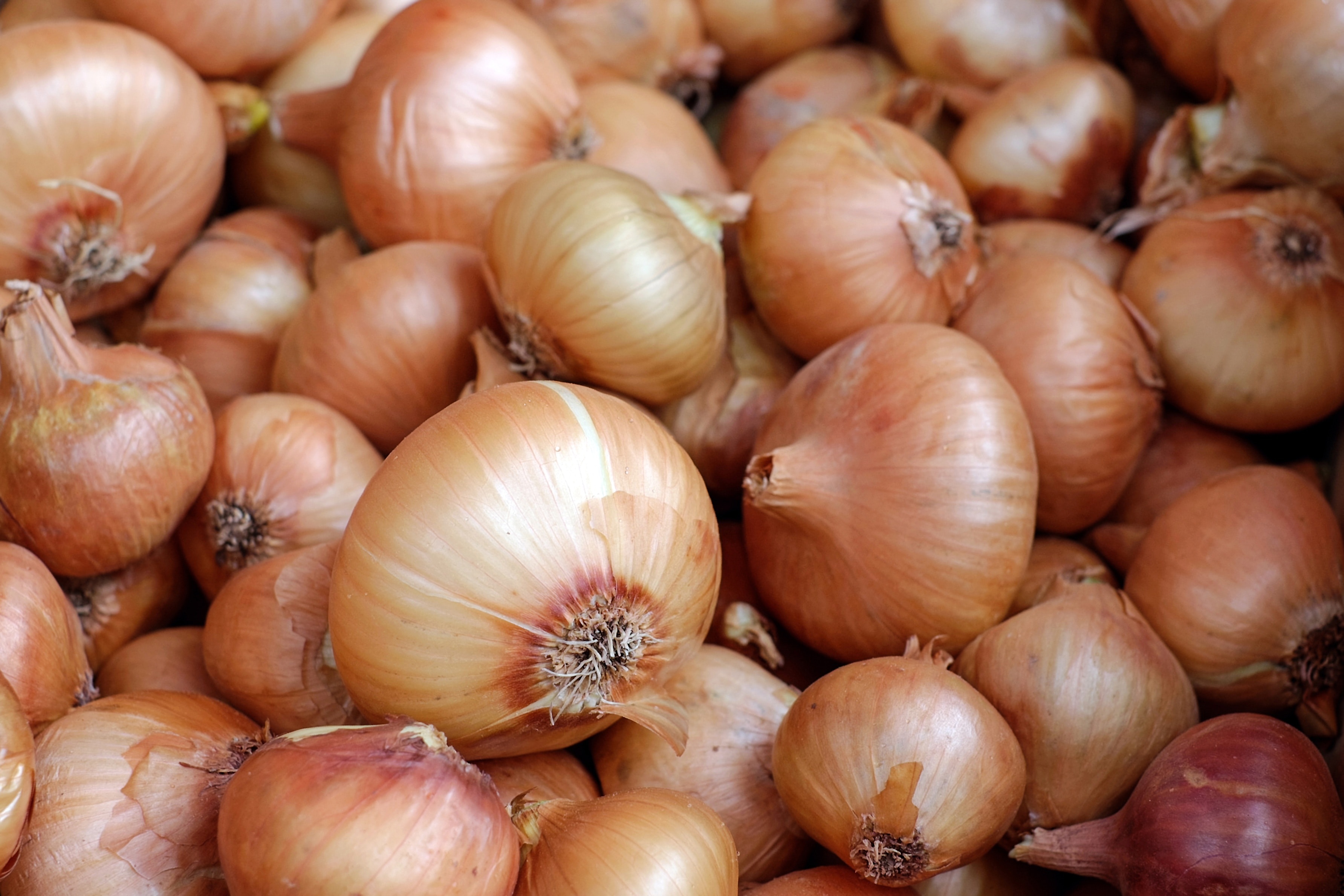
Onions
Occasionally used for added flavor.

Oil
Used for sautéing the garlic and meat.
Sourcing and Ethical Considerations
Understanding where your food comes from and how it impacts both people and the planet can make your culinary experience more responsible and rewarding.
Environmental Impact
The traditional adobo primarily uses meat, and animal farming has a well-documented impact on the environment, including land use and greenhouse gas emissions. However, using plant-based meats or tofu can lessen this environmental footprint considerably.
Ethical Impact
Traditional meat-based adobo raises concerns about animal welfare, especially depending on how the animals are raised and slaughtered. Vegan versions avoid these ethical concerns by using plant-based alternatives.
Labor Practices
Some spices and additives may be sourced from regions with questionable labor practices. Fair Trade Certified spices and ingredients can mitigate these concerns, and some companies are actively working towards ethical sourcing.
By being mindful of sourcing and ingredient choices, you can enjoy adobo in a way that aligns with your ethical principles and dietary preferences. Whether you opt for a classic recipe or a vegan alternative, awareness is the first step toward making better choices for you and the world.
FAQ
Frequently asked questions can offer further clarification and helpful tips, especially for those who are new to the concept of vegan adobo.
How can I make vegan adobo at home?
You can make vegan adobo at home by substituting the meat with plant-based proteins like tofu or tempeh. Use soy sauce, vinegar, garlic, black peppercorns, and bay leaves as base ingredients. Sauté your plant-based protein in a tablespoon of vegetable oil, then simmer in the sauce mixture until well-cooked.
What’s the best vegan protein to use in adobo?
The best vegan protein in adobo is extra-firm tofu or tempeh. These options hold up well during cooking and absorb the flavors effectively.
Can I find vegan adobo sauce at my local grocery store?
You can often find vegan adobo sauce at your local grocery store, especially in the international or specialty food section. Check the ingredients list to confirm that it aligns with your dietary preferences.
